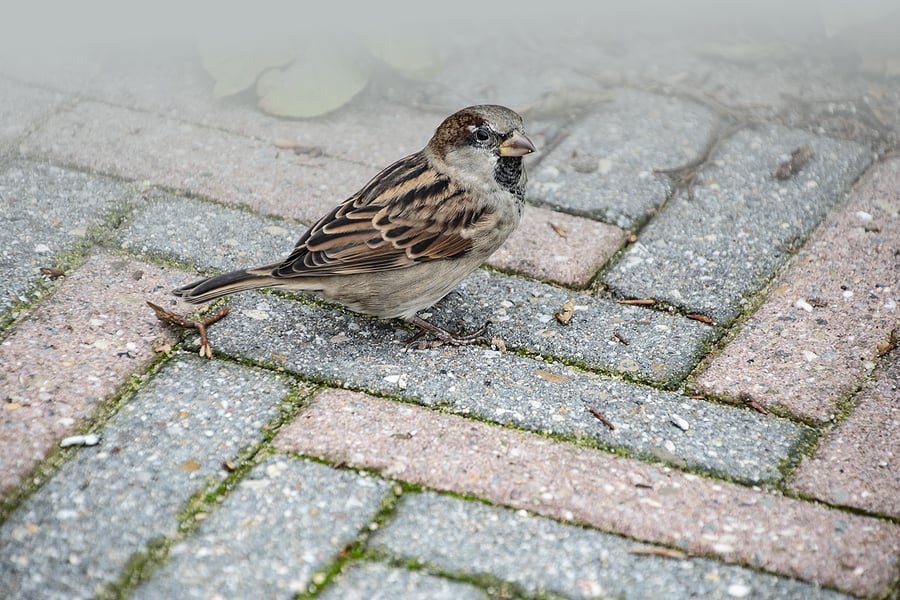READY TO GET STARTED?
REQUEST A FREE ESTIMATE
Fill out the form below or call (888) 466-7849 for a free, no-obligation estimate.

Most of the time birds are fun to watch, singing their cheerful songs as they fly around our yards. Birds can also be productive by producing down feathers, helping control pests and weeds, and giving us plenty of opportunity for birdwatching. Some birds, however, are referred to as nuisance birds and can actually be detrimental to both our health and our homes by damaging buildings and monuments, contaminating our food sources, and transmitting serious diseases to humans.
Three of the most common nuisance birds are starlings, sparrows, and pigeons.
Starlings are found in both urban and rural areas. They travel in flocks that can have thousands of birds in them. They can often be found nesting in trees, vents, ledges, lampposts, and even signs. Starlings will eat seeds, fruit, food scraps, fruit, vegetables, and insects, making your home and yard a very abundant source of food for them. When starlings aggregate in large numbers, they can cause problems to homeowners due to the sheer volume of feces they generate and the cacophony of noise they produce. Their feces can deface and deteriorate buildings and structures and cause surfaces to become slippery. It can also contaminate livestock and kill trees. Their nests often clog machinery and drainage systems, leading to moisture buildup and the risk of fire. They are also known to transmit diseases like histoplasmosis.
Sparrows can be found in urban and rural areas, as well. They are known to build extremely messy nests using any materials they can find, including string, twigs, paper, and grass. They usually nest in areas that are covered and elevated, such as warehouses, stadiums, and airport hangers. They usually eat grain but will also eat fruit, seeds, food scraps, and even insects when necessary. Sparrows are able to reproduce extremely fast, making them difficult to control. They are an aggressive species and will often drive off other species of birds. Sparrow nests can cause fires and electrical shortages. They can also cause contamination and are associated with over 25 different diseases and parasites.
Pigeons are arguably the most common of the nuisance birds and are also responsible for some of the worst public health issues caused by birds. They usually nest in small, flat, elevated spaces like air conditioners, window sills and ledges, and pipes. They eat anything from grain to food scraps and even manure. Pigeon feces can deface buildings and other structures and cause slipping hazards on surfaces like sidewalks, stairs, and fire escapes. Their feces can also clog gutters and downspouts. Pigeons are also known to carry diseases like histoplasmosis. Pigeons are easily adaptable to their environments, making them difficult to control.
Any nuisance bird population can be difficult to control once they have established themselves in your area. Prevention is key to helping control these populations. Check out these bird prevention tips you can use to help deter these problem pests from your home and yard.
If you have a problem with nuisance birds, contact your local pest control company who specializes in bird control for a comprehensive evaluation and elimination plan.
How You Could Be Attracting Termites